Companies are organising themselves more and more around projects in order to break the silo mentality that exists between departments and to better adapt to their rapidly-evolving markets. Working in project mode strengthens collective intelligence and calls upon multiple skills. On the other hand, this type of work requires specific skills, the main one being transverse management. Take a look at our 4 tips for successfully managing your projects.
1 – Focus your communication on the project
The objective is to provide all project stakeholders with the same level of information. The essential first step is to define the different communication channels. During each important step there need to be communication about the progress made but also any potential delays and technical difficulties. Finally, at the end of the project, communicate the individual and collective successes to highlight the achievements of each person.
2 – Set a shared objective
For the project team to work and for everyone to be involved, a shared objective must be set. It must be both realistic and achievable and everyone must be on board with it. If you encounter difficulties during the project, make sure you revisit the objective that everyone shared at the start. Remember to allocate the necessary human, technical and financial resources to achieve this shared objective.
3 – Define each person’s roles and responsibilities
A project team is by nature formed outside the traditional boundaries of the organisation. Its members come from different departments. It is therefore essential to set each person’s roles and responsibilities at the outset. This helps to motivate all team members and ensures an understanding of who is in charge of what. To help you, for example, you can use a responsibility matrix : here
4 – Be trusting and be available
As a project manager, it is important to put your trust in all the team members by giving them autonomy, while periodically checking the progress of the project. Ensure you make yourself available to all the team members so that they are free to discuss any questions and possible problems with you.






